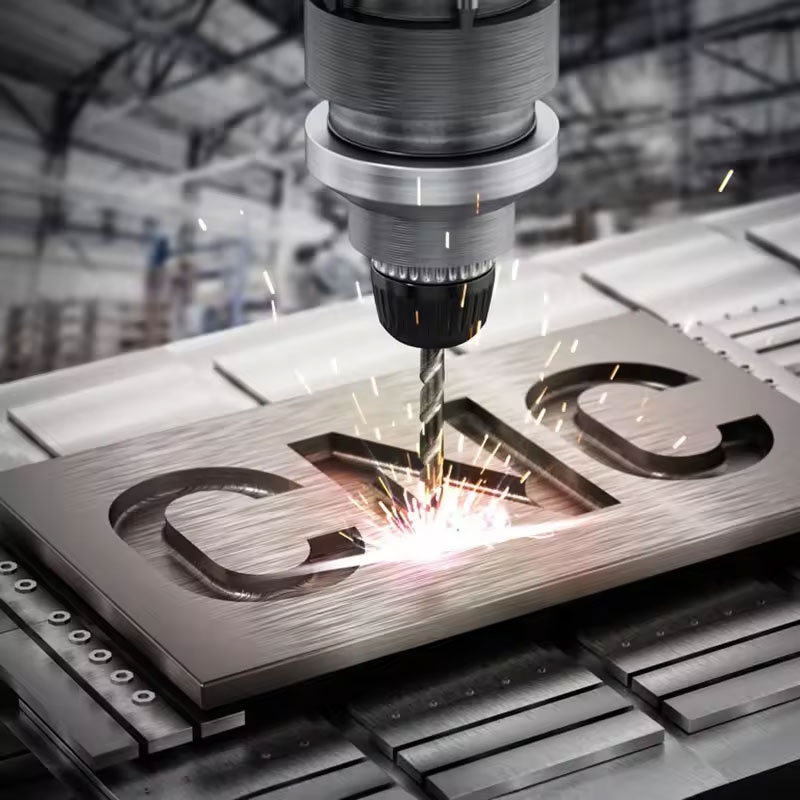CNC machining is one of the most common manufacturing techniques for DFM analysis. There are various opportunities to achieve design for manufacturing targets. The main ones are as follows:

Sharp Internal Corners: Designers make this common mistake while designing internal slot/pocket features. The internal corners need to be rounded to accommodate the geometry of cutting tools, which is round.
Wall Thickness: Some walls/floor features are oftentimes too thin to withstand cutting loads. This can lead to part breakage during machining. Hence, DFM engineers suggest thicker walls/floors when they get such geometries.
Pocket Depth: Pocketing is a real test for tool rigidity. As a pocket gets deeper, the cutting tool vibrates more vigorously, leading to a bad surface finish and tool failure. Thus, DFM analysis often leads to alterations in the geometry of very deep pockets.
Tolerancing: It is common to see design tolerances being changed during DFM. Since tolerances are expensive to maintain, DFM professionals often loosen up non-critical tolerances to save time and money.




